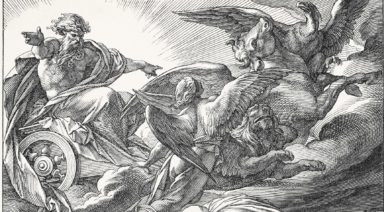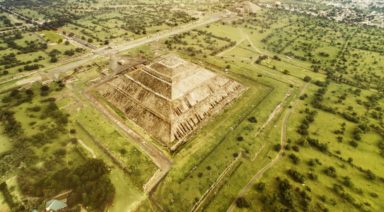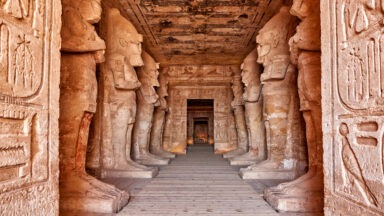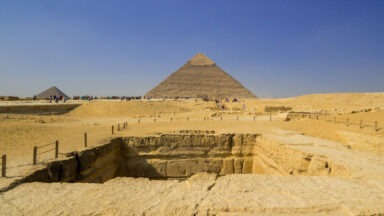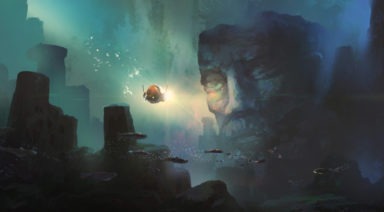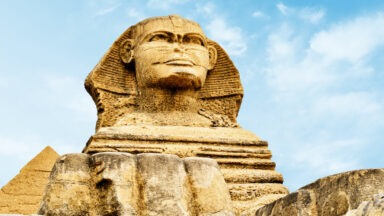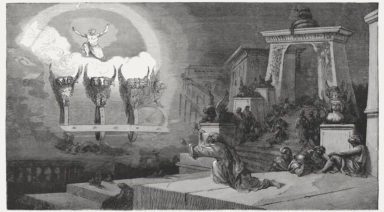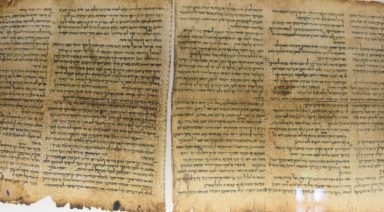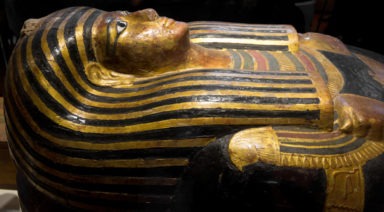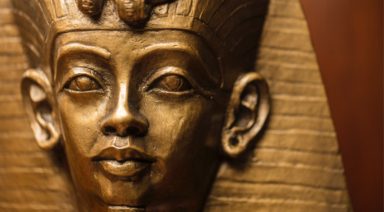Did The Vikings Use a Solar Stone Crystal to Navigate Cloudy Seas?
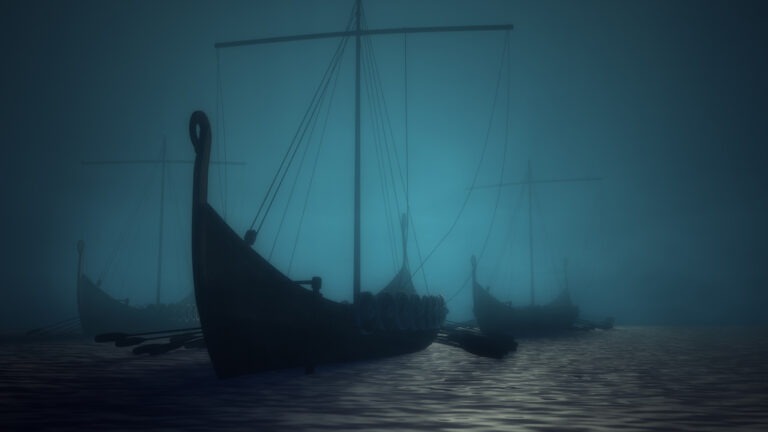
Vikings dominated the North Atlantic seas for at least 300 years, but how did they sail across great distances with incredible accuracy, without a magnetic compass? A long-held theory about Vikings using crystals for navigation may have been proven true with modern science.
The Vikings, the great north seamen, sailed from Norway to Greenland and many parts in between. They were known to have amazing maritime navigation skills, by using the sun to plot their position on the globe. But scientists have wondered for years how they could navigate when they couldn’t see the Sun. Enter the sunstone, or solar sign, a crystal that when held up to a cloudy sky, can help to locate the Sun.
For years the use of Sunstones has been nothing but a theory based on a legend. Such as this mention in the tale Rauðúlfs þáttr:
“The king made people look out and they could nowhere see a clear sky. Then he asked Sigurður to tell where the sun was at that time. He gave a clear assertion. Then the king made them fetch the solar stone and held it up and saw where the light radiated from the stone and thus directly verified Sigurður’s prediction.”
Watch more:
A Supercharged Lion's Gate Portal

Lion’s Gate Portal
On August 8, the Sirius star rises in conjunction with the Sun at dawn under the lion sign of Leo. For several weeks before and after Sirius’ rising, we can tap into intense manifestation energy through the bravery of the lion.
The ancient Egyptians believed that the Sun provides life for our physical bodies, and Sirius nourishes our spiritual bodies. For them, Sirius marked the start of a new year, the annual life-giving floods of the Nile, and a rebirth of the human spirit. They saw this month-long season as a powerful time to harness creative energy and manifest new experiences.
As we traverse this gateway, it may feel like we are in unfamiliar territory, like beginning a new chapter in a different city or going back to school with new teachers. Yet, with every challenge comes great opportunity. What lies on the other side of this portal will depend on the alignment of our thoughts, words, and actions. This energy asks us to slow down and carefully consider who we want to be.



